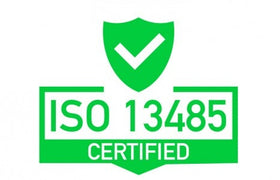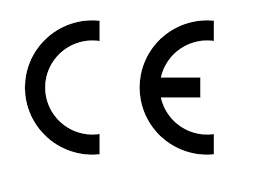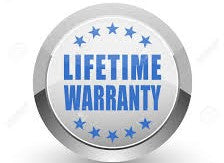An otoscope is a medical instrument used in routine examinations of the external ear canal and the tympanic membrane, including assessing the condition of the middle ear. It helps an otolaryngologist identify the cause of the symptoms such as earache, discharge, hearing loss, or feeling of fullness in the ear. However, an otoscope is not specific to otolaryngologists, and primary care physicians also use it as part of routine examinations.
An otoscope has many parts, but the essential ones include a magnifying lens, a light source, and the speculum of different diameters for infants, younger patients, and adults with ear canals of different sizes. An otoscope can help you diagnose the following medical conditions:
- Cerumen Impaction or earwax
- Acute and chronic suppurative otitis media
- Otitis media with effusion
- Otitis externa and malignant otitis externa
- Perforation of the tympanic membrane and cholesteatoma
- Foreign body (insect) and many other abnormalities
How to Use an Otoscope?
Mastering the otoscope exam is crucial for clinicians to make an accurate diagnosis, prescribe targeted treatment, and prevent complications. After taking the patient's consent, choose the largest speculum possible to maximize the amount of light passing into the ear and maximize the view of the ear canal and the eardrum. However, keep in mind the diameter of the ear canal of patients like infants and younger patients who have narrow ear canals. The good news is the Cross Canada physicians' otoscope diagnostic sets provides you with many options of reusable specula for ears of different sizes (infants, younger patients, and adults). These are in addition to the ten or twenty, (depending on the set you will choose) disposable ear specula you will get.
To examine the right ear, hold an otoscope in your right hand like a pencil between the thumb and index finger and place the little finger on the patient's cheek so that your hand and the otoscope move if the patient moves their head -- especially in infants and children -- and the otoscope does not cause any damage to the ear canal. With your free left hand, pull the pinna upward, outward, and backward to straighten the ear canal and allow movement of the otoscope for a better view of the eardrum. In children, move the pinna down and backward instead.
Gently proceed down the canal until you see the eardrum and examine it carefully. Move the speculum around to visualize the whole of the tympanic membrane and the external ear canal. The left ear is examined in the same way. However, if using reusable speculum and if only one ear has an infection, first examine the normal ear to prevent the infection from spreading into the normal ear or use separate disposable speculums to prevent cross-contamination. Always disinfect reusable speculum, if using between two or more patients or use disposable speculum to eliminate crosscontamination. Discard used speculum according to your local health authority guidelines.
Benefits of Using the Cross Canada Physician Otoscope Diagnostic Sets
An otoscope is usually used in a routine examination of the external ear, including the condition of the tympanic membrane. Within minutes, you can visualize any inflammation, infection, discharge, wax, foreign body, or perforation of the tympanic membrane or any other abnormality and take appropriate approaches to manage these problems.
Apart from these general benefits, various Cross Canada physicians’ otoscope diagnostic sets bring additional benefits for you. With bright LED lamps and medical grade glass fiber optic illumination, our otoscopes provide robust light for you to see the true color of the tympanic membrane and the surrounding tissue -- something very crucial for diagnosis. In addition, the otoscopes contain various ports, such as an insufflator port for insufflator bulbs to distend the ear canal and see the movement of the tympanic membrane.
Furthermore, if you are a primary care physician, you may also need an ophthalmoscope for examination of the eye, and here too, Cross Canada has you covered as some of our otoscope diagnostic sets include an ophthalmoscope as well. On top of that, using a large speculum, you may be able to perform nasal exams as well. With good care and maintenance, your Cross Canada otoscope diagnostic set can last for years while making your life easy.
References:
- Matsumoto, M. (2022). Spectroscopic performance of otoscopes during otoscopic examination by LED headlight. Journal of Science and Technology in Lighting, 45(0), 46–57. https://doi.org/10.2150/jstl.ieij210000651
- Kashani, R. G., Młyńczak, M. C., Zarabanda, D., Solis-Pazmino, P., Huland, D. M., Ahmad, I. N., Singh, S. P., & Valdez, T. A. (2021). Shortwave infrared otoscopy for diagnosis of middle ear effusions: a machine-learning-based approach. Scientific Reports, 11(1), 12509. https://doi.org/10.1038/s41598-021- 91736-9
- https://www.sciencedirect.com/topics/medicine-and-dentistry/otoscope






